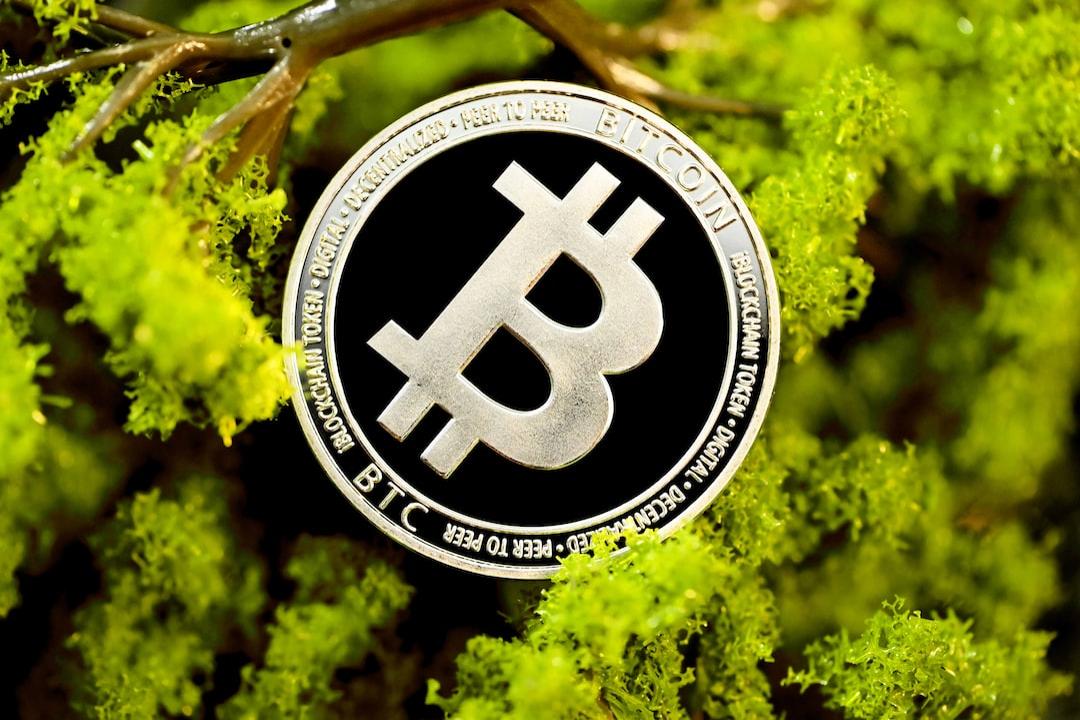Summary:
Despite price volatility, investors’ profitability remains strong, with an average unrealized profit of around 120% per token. Demand is sufficient to absorb selling pressure and HODLer withdrawals, but not enough to facilitate further upward growth. Spot and arbitrage trading continue, especially with the increase in institutional traders, temporarily enhancing expectations for range trading.
Market Profitability Remains Strong
Sideways price fluctuations often reflect investors’ fatigue and apathy, which seems to be the dominant reaction across all Bitcoin markets. The price of BTC is consolidating within a mature trading range. Investors remain generally favorable, with over 87% of the circulating supply in a profitable state and a cost basis below the spot price.
By utilizing the MVRV indicator, we can assess the scale of unrealized profits held by regular investors. Currently, the typical unrealized profit held by regular token holders is around +120%, which is typical for the market trading near the previous ATH in the previous cycle. The MVRV ratio remains above its annual baseline, indicating the macro upward trend remains intact.
We can use the MVRV ratio to define pricing ranges and evaluate investors’ profitability relative to the long-term average’s extreme deviations. Historically, breaking through 1 standard deviation aligns with long-term macro tops.
Currently, the BTC price is stable and consolidating within the range of 0.5 to 1 standard deviation. This once again highlights that despite recent market volatility, regular investors still hold statistically high profits.
After the market decisively broke the 2021 ATH, there was a significant allocation of investors, primarily driven by long-term holders. This reflects substantial profits, which help increase active trading and liquidity supply.
Usually, after a new ATH, the market needs sufficient time to consolidate and digest the introduced supply excess. As balance is established, this leads to a decrease in realized profits and selling pressure.
The reduction in selling pressure and profit-taking naturally lowers market resistance. However, since the ATH in March, the BTC price has been unable to sustain a clear upward momentum. This indicates that while demand is stable enough to maintain market range volatility, overall growth is insufficient to reestablish an upward trend.
Low Trading Volume
Despite investors’ strong profitability, the volume of transactions processed and transferred on the Bitcoin network has significantly declined after reaching new all-time highs. This highlights a weakening speculative appetite and increased market indecision.
Similar observations can be made when evaluating spot trading volumes on major centralized exchanges. This indicates a strong correlation between on-chain settlement volumes and trading volumes, reflecting investors’ fatigue.
Significant Decline in Exchange Activity
Going deeper, we can examine the on-chain inflow of exchanges denominated in BTC and once again note a significant decrease in activity.
Currently, short-term holders send approximately 17,400 BTC to exchanges daily. However, this is significantly lower than the peak of 55,000 BTC/day recorded when the market reached the $73,000 high in March, when speculative levels were excessive. On the other hand, the inflow of long-term holders into exchanges is relatively low, with insignificant daily inflows of only 1000+ BTC.
We can visually see the sharp decline in LTH investor activity through the percentage of LTH balances sent to exchanges, which is less than 0.006% of their total holdings. This indicates that this group has reached a balance and requires higher or lower prices to stimulate further action.
Currently, the transfer volume of tokens in profit (11,000 BTC) is greater than that in loss (8,200 BTC). This indicates a tendency dominated by profit-taking, albeit relatively small in magnitude.
The average tokens sent to exchanges currently realize profits of approximately +$55,000 and losses of -$735. This results in an average profit-to-loss ratio of 7.5 times higher, with only 14.5% of trading days recording a higher ratio.
This means that HODLers are still withdrawing, and demand is sufficient to absorb selling pressure but not enough to push up market prices. This suggests that market structure favors range traders and arbitrage strategies rather than directional and trend trading strategies.
Cash and Arbitrage-Based Trading
Another tool that allows us to describe the spot market is the Cumulative Volume Delta (CVD). This indicator describes the net deviation between buyer and seller volumes in the spot market, in USD.
Currently, there is a net selling pressure dominating the spot market, but the market continues to consolidate. This aligns with the aforementioned view that demand is roughly equal to selling pressure, keeping the market range-bound.
When evaluating the futures market, we note that open interest in contracts continues to rise, currently exceeding $30 billion, slightly below the previous peak. However, as highlighted in WoC-23, a significant portion of this open interest is related to market-neutral spot and arbitrage trading.
In a range-bound market, the increase in open interest may indicate an increase in volatility capture strategies, as traders can obtain premiums from perpetual swaps, futures, and options markets.
Chicago Mercantile Exchange’s open interest has grown significantly, highlighting the increasing participation of institutional investors. Currently, the Chicago Mercantile Exchange holds over $10 billion in open interest, accounting for nearly one-third of the global market share.
In contrast to the increase in open interest, futures trading volume has declined similarly to the spot market and on-chain transfer volume. This indicates relatively low speculative interest, with fixed basis trading and arbitrage positions dominating.
Summary
Despite significant market volatility, regular Bitcoin investors continue to maintain profitability. However, investor conviction has declined, and trading volumes in spot, derivatives markets, and on-chain settlements have shrunk.
Demand and selling pressure seem to have established a balance, resulting in relatively stable prices and significantly reduced volatility. The stagnation of market trends leads to a certain level of boredom, apathy, and indecision among investors. Historically, this indicates that a decisive price movement in any direction is necessary to stimulate the next round of market activity.
Tags:
2023 Market, glassnode, crypto market, Bitcoin, Jinshe Finance


